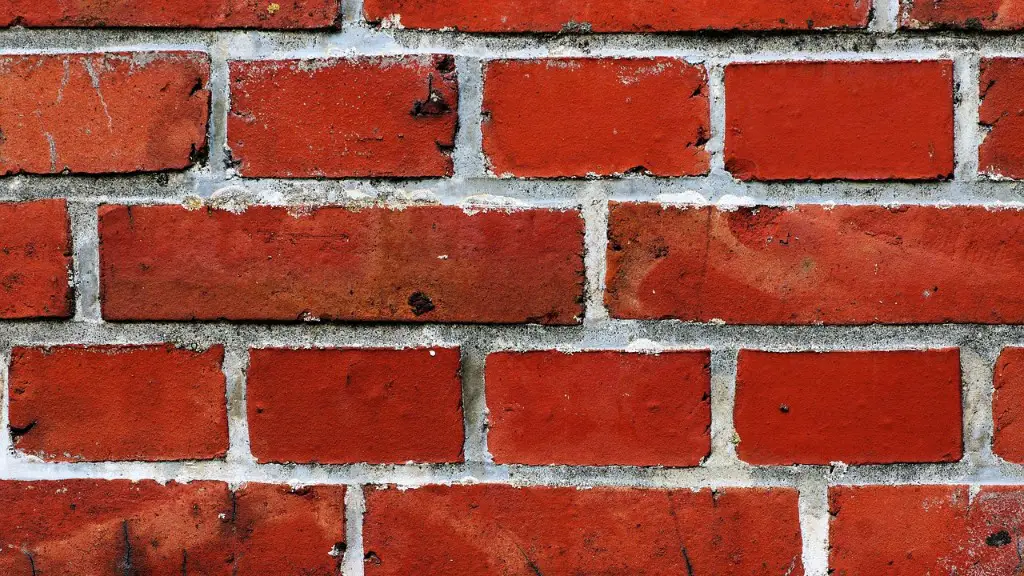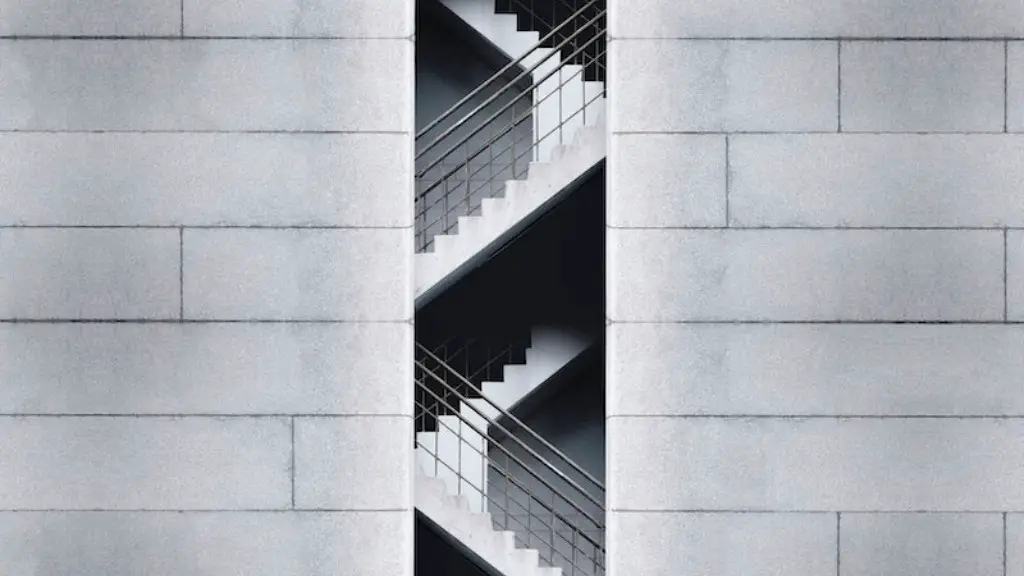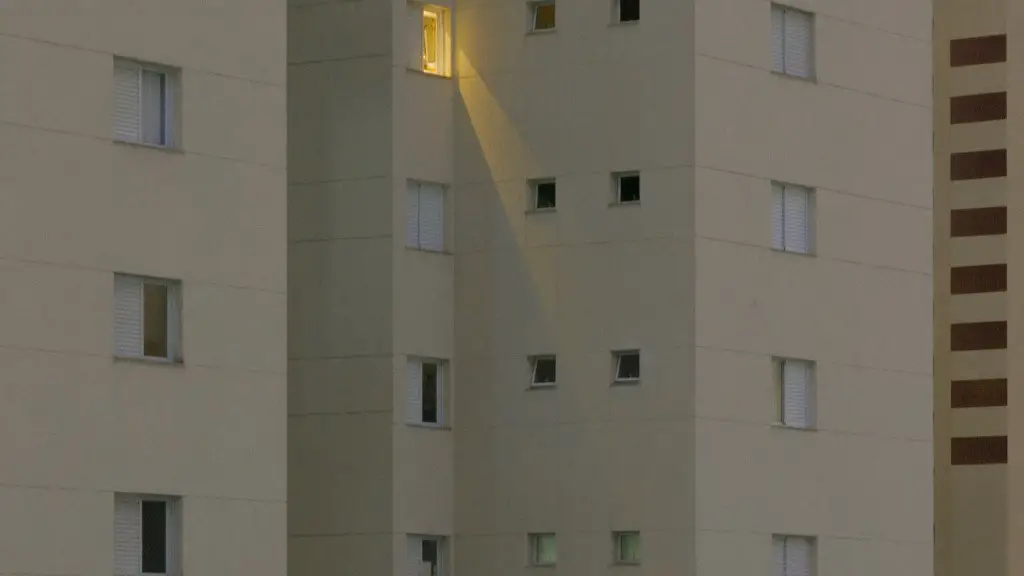Hostile architecture — also known as defensive architecture or anti-homeless architecture — is becoming increasingly popular in public places all over the world. This refers to structures designed to be deliberately uncomfortable or undesirable for large segments of the public in order to encourage certain behaviours or discourage certain activities. From benches with armrests to prevent people from sleeping on them, to doorways designed to make it difficult for people to rest there, hostile architecture has become an increasingly pervasive feature of cities, with potentially far-reaching consequences for public health and well-being.
Public spaces are a cornerstone of a well-functioning society, providing places for people to socialise and interact, fulfilling basic human needs for connection and activity. But hostile architecture can interfere with these crucial connections. In some cases, it can out rightly exclude certain groups, both literally and symbolically. People who are homeless, disabled, or otherwise ‘undesirable’ may be actively prevented from accessing public places, leading to further social exclusion.
To make matters worse, hostile architecture can create a sense of fear and mistrust amongst the rest of the public. It can discourage people from gathering or expressing themselves in public spaces, and it can even prevent people from accessing necessary resources such as water fountains. This serves to undermine public life in general, and Alienate certain groups more than others.
Proponents of hostile architecture argue that it fulfils an important public safety role, preventing street shelters, public urination, and drug use. Cities often lack sufficient public services to support communities and individuals, in which case it is tempting to turn to architecture instead: a simple solution to complex problems. However, critics point out that this approach fails to address the underlying issues and can be counter productive in the long term, leading to further alienation, poverty, and inequality.
The use of hostile architecture has come under fire in recent years. In 2019, London Mayor Sadiq Khan introduced regulations that required planning permission for any hostile architecture projects in the city, with the express purpose of promoting “inclusive and compassionate public spaces” whilst preventing “exclusion, stigmatisation, and discomfort.” This is a move that has been welcomed by a range of advocates, from homelessness charities to disability rights groups.
Impact on Mental Health
Beyond the practical considerations of public safety and access, hostile architecture can have a deep and profound impact on mental health. Its role in fostering a sense of fear and mistrust can be particularly damaging, as it serves to undermine feelings of safety and welcome in public spaces. This can lead to social withdrawal, isolation, and even depression. This can be further compounded when hostile architecture is used to reinforce stigmatising attitudes, such as those towards the homeless and disabled.
Addressing the causes of mental health requires a holistic approach, and hostile architecture is clearly counter productive to this effort. There is a need to shift away from simplistic solutions, and to instead focus on comprehensive measures that will lead to long-term improvements in public health. This must include policies that actively strive to ensure inclusivity and support for people who are most at risk.
Alternatives to Hostile Architecture
Rather than relying on hostile architecture, cities need to focus on strategies that actually reduce poverty and marginalisation. This could include increased resources for public services and better access to housing, as well as more targeted efforts, such as education and job programmes that would benefit those on the margins of society. Such approaches are far more likely to be effective in tackling the underlying problems that lead to public spaces being prone to being misused.
Cities should also look at ways to make public spaces more pleasant and inviting for everyone, rather than relying on hostile structures to achieve this. For example, promoting public art, designing inviting spaces with green elements, providing more seating, and promoting public events and activities can all help to create an atmosphere that is both inviting and safe. At the same time, incorporating seating into existing architecture, such as on walls or in between paving stones, can help to make public spaces more comfortable.
Social Responsibility
Ultimately, cities shouldn’t rely solely on hostile architecture to address issues of public safety and access. This approach fails to take into account the complex social and economic factors that are at play, and it ignores the very real risks it can pose to vulnerable communities. Instead, they should focus on creating long-term solutions that address the underlying causes of these issues, whilst also creating public spaces that are truly inclusive and welcoming. Only by doing both can cities create meaningful change, and foster a society that is more equal and equitable.
Conclusion of Hostile Architecture
From an ethical standpoint, hostile architecture has very clear drawbacks, as it can create an atmosphere of exclusion and distrust. It can also have a damaging effect on public health and well-being, by preventing people from accessing necessary services, as well as preventing people from interacting and enjoying public spaces. As such, it is essential that cities and municipalities focus on comprehensive approaches to addressing the root causes of social issues, rather than relying on hostile architecture as a ‘quick fix’.
Environmental Impacts of Hostile Architecture
In recent years, the focus on hostile architecture has grown more intense as attention shifts towards its environmental impact. One of the most notable examples is in the form of hard surfaces, such as walls and benches, which can lead to faster runoff of water and higher levels of pollution in urban areas. This can be further exacerbated by anti-vagrancy or anti-homeless features, such as armrests or spiked protrusions, which can act as a barrier to water and make it difficult for vegetation to grow.
Furthermore, hostile architecture can put pressure on the resources used to build it, as hard surfaces require more raw materials and energy to construct. This is why, in some cases, cities are beginning to look for alternative solutions that are more sustainable, such as using gardens and green areas, as well as movable furniture that can be adapted to changing needs.
Economic Impact
The economic impact of hostile architecture has been an topic of debate for many people, as it can significantly reduce the amount of usable space in urban areas, as well as reducing the potential for social interaction and cultural exchange. This, in turn, can have a detrimental effect on local businesses, as people may be less likely to visit certain areas if they are perceived to be hostile or unwelcoming.
At the same time, hostile architecture can present a financial cost to cities, as they may be required to pay for materials, installation, and ongoing maintenance. This is why cities should carefully consider the economic implications of any projects involving hostile architecture, as the initial cost could well end up outweighing any benefits.
Changing Perceptions
In the end, hostile architecture reflects a broader attitude of hostility towards certain groups or activities, and this attitude needs to be addressed if we are to see change. This means challenging the stigmatisation of certain groups, and opening up dialogue on the issue, so that we can begin to look beyond simplistic solutions and instead work towards creating more inclusive public spaces.
We also need to be mindful of how language is used in this debate, as this can have a powerful impact on how people perceive hostile architecture. For example, instead of referring to the issue as ‘defensive design’ or ‘anti-homeless architecture’, we should talk about ‘inclusive design’ or ‘public-friendly architecture’. This will help to ensure that we remain focused on creating positive change, rather than reinforcing existing prejudices.




